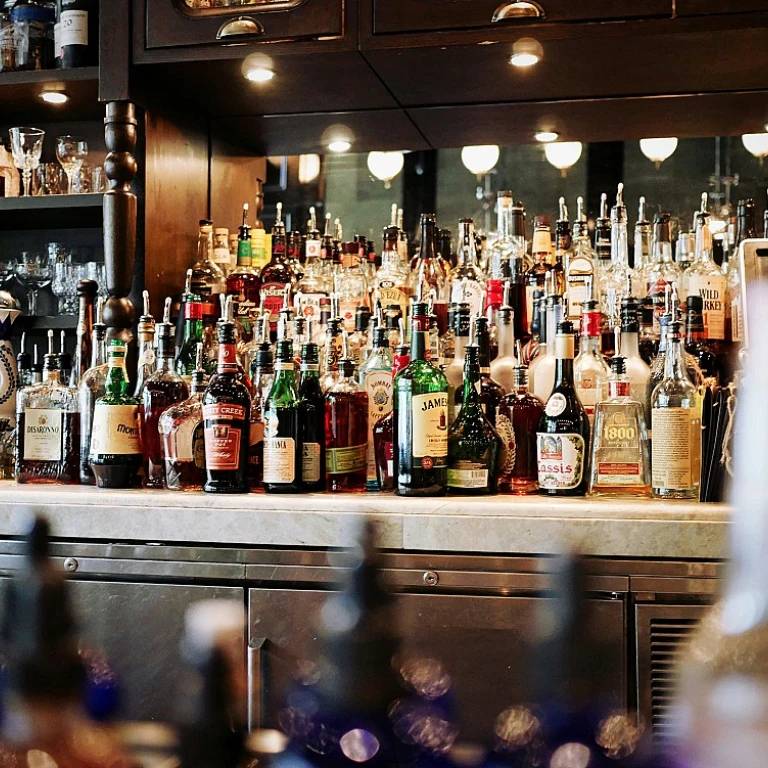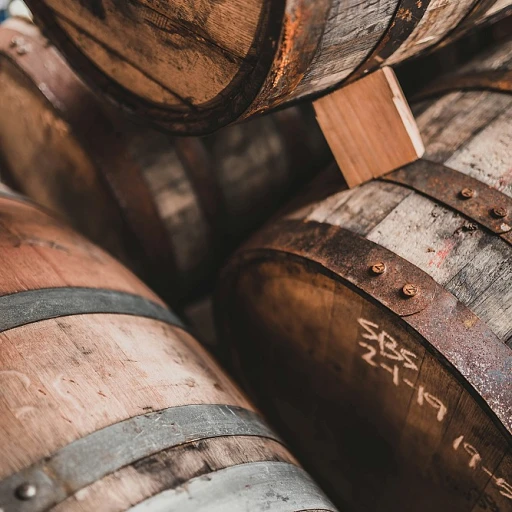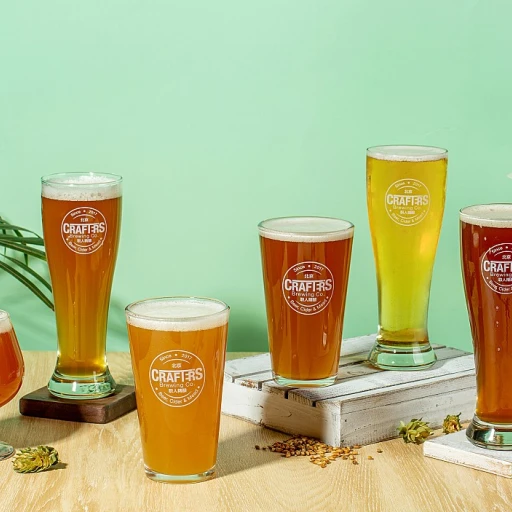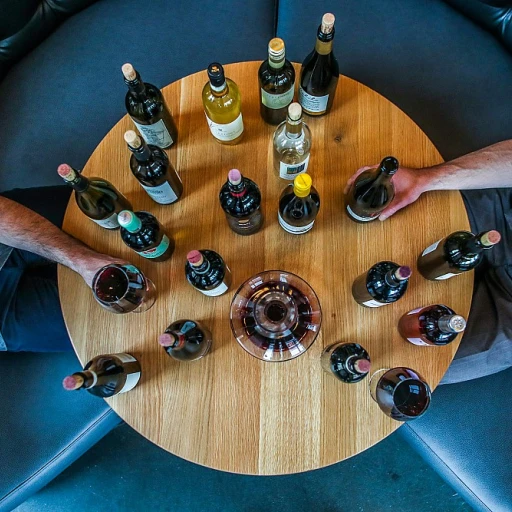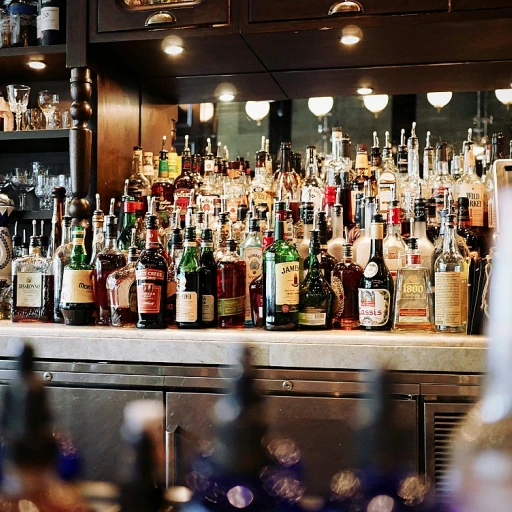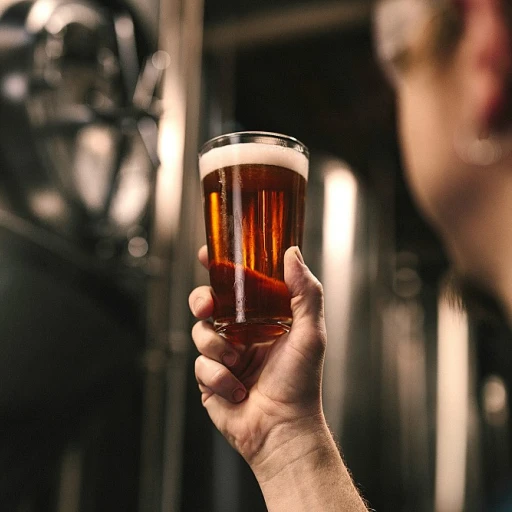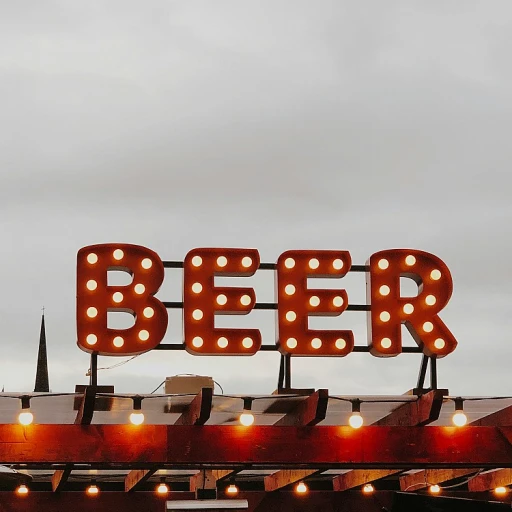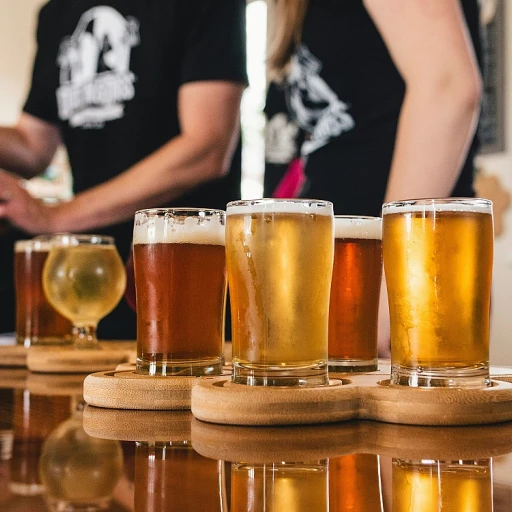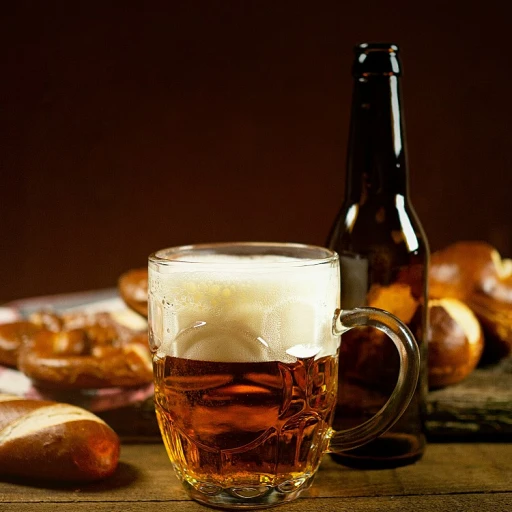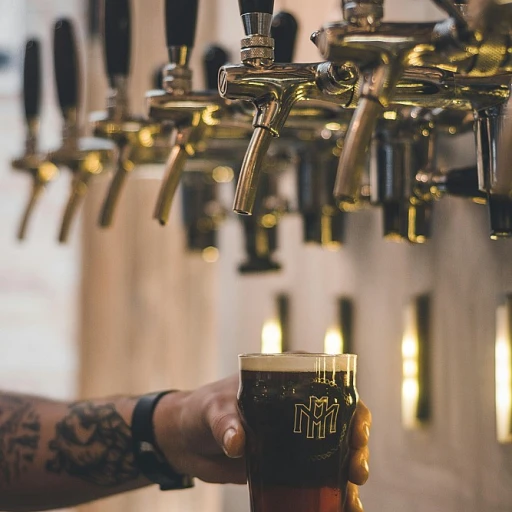
The Origins of the St Bernard Cask
The Birth of a Historic Brewing Method
The origins of the St Bernard cask are deeply intertwined with the historical significance of the barrel in the beer industry. The tradition of storing and aging beer in wooden casks dates back centuries, providing a crucial method for fermenting and enhancing flavors naturally. The unique shape of the cask, reminiscent of those sturdily built wooden barrels, came about as brewers began to understand the benefits of different types of wood in refining beer’s character. In the scenic regions where the Saint Bernard dogs resided, monks and local brewers likely collaborated to craft these robust containers. These casks were not merely utilitarian but celebrated for their contribution to the sensory allure of beer—a quality that enthusiasts continue to cherish today. The transition from simple beer storage to an iconic symbol of craftsmanship marks a pivotal chapter in the chronicles of brewing. Embracing the legacy echoed by brewing icons like Ballantine Ale, the cask has come to signify a delightful intersection of history and innovation.The Role of St Bernard Dogs in Rescue Operations
The Famous Rescuers and Their Role in Beer Legacy
St Bernard dogs are not only adored for their loving nature and striking appearance but also for their historical association with heroic rescue missions. These remarkable canines have played a significant role in alpine rescues, credited with saving the lives of countless travelers stranded in treacherous mountain conditions. This noble duty further cemented their legendary status and cultural importance, both of which are intricately linked to the enduring mythos of the St Bernard cask.
It's essential to understand the motivation and strength of these amazing dogs. Their inherent intelligence and natural ability to navigate snowy terrains made them the perfect companions for monks residing in the Great St Bernard Hospice, a refuge situated on one of the most perilous alpine passes. Equipped with their keen sense of direction, these gentle giants became indispensable in treacherous conditions, offering warmth, guidance, and even a hint of courage to those in desperate need.
The story of the St Bernard cask is beautifully intertwined with the rich legacy of these dogs. Over time, an iconic image emerged: a sturdy St Bernard with a small barrel hanging around its neck. While the barrels were believed to contain brandy as a warming agent for the rescued, this image became symbolic, representing the blend of mythology, artistry, and fact. Whether the barrels were only a product of the creative imagination or served as genuine lifesaving tools, they undeniably contribute to the intriguing legacy of these majestic creatures.
This legendary imagery significantly influences not just the cultural landscape but also the perception of beverages, such as beer, connected to these resilient dogs. Enthusiasts can still appreciate the profound impact these tales have on modern beer culture, as they continue to inspire ideas of warmth, hospitality, and rescue in various beer traditions and branding today.
From Rescue to Spirits: The Evolution of the Bernard Barrel
Transformation into a Household Icon
As the use of St Bernard cask expanded, its purpose evolved beyond a simple tool in rescue operations. It began to capture the imagination of many, leading to its transition into the world of spirits and eventually garnering widespread acclaim. While initially associated primarily with life-saving endeavors in the snowy Alps, the barrel took on a new art of storytelling and community. Pubs and taverns started using replicas of these iconic barrels, further embedding them in popular culture.
The imagery of the St Bernard cask, often seen around the neck of the beloved dogs, became synonymous with warmth, safety, and reliability. It's not surprising, then, that when people ventured into crafting spirits with similar themes of camaraderie and warmth, the barrel was a natural choice. Today, this symbol doesn't just stand for a storied history, but it also serves as a reminder of the heart and spirit that goes into brewing.
Cultural Impact and Modern-Day Significance
The Influence of the St Bernard Barrel on Modern Culture
The St Bernard cask, with its charming association with rescue and warmth, has transcended its origins to become an enduring cultural symbol. Over the years, the iconic image of the St Bernard with a small barrel around its neck has been immortalized in countless forms of media, from classic films to animated features, perpetuating the heartwarming narrative of rescue and hope.
While initially a practical tool for life-saving missions, the barrel has evolved into a beloved motif, often seen in memorabilia, art, and even brewery branding, helping to foster a sense of nostalgia and adventure. The story of these gallant dogs and their endeavors has captivated imaginations and fueled the brand identity of numerous beer companies who draw inspiration from this historic connection.
This association has been further solidified at events and festivals where St Bernard mascots, complete with casks, join in celebrations, encouraging community and enjoyment. This has led to the emergence of themed memorabilia and merchandise that highlight the blend of history and beverage culture, seamlessly integrating experiences from past to present.
The St Bernard barrel's enduring appeal has not only captured hearts but also continues to influence modern-day design and marketing in the beverage industry. This cultural touchstone remains a testament to creativity, reinforcing how an object of historical significance can create contemporary connections among beer enthusiasts and the general public alike.

